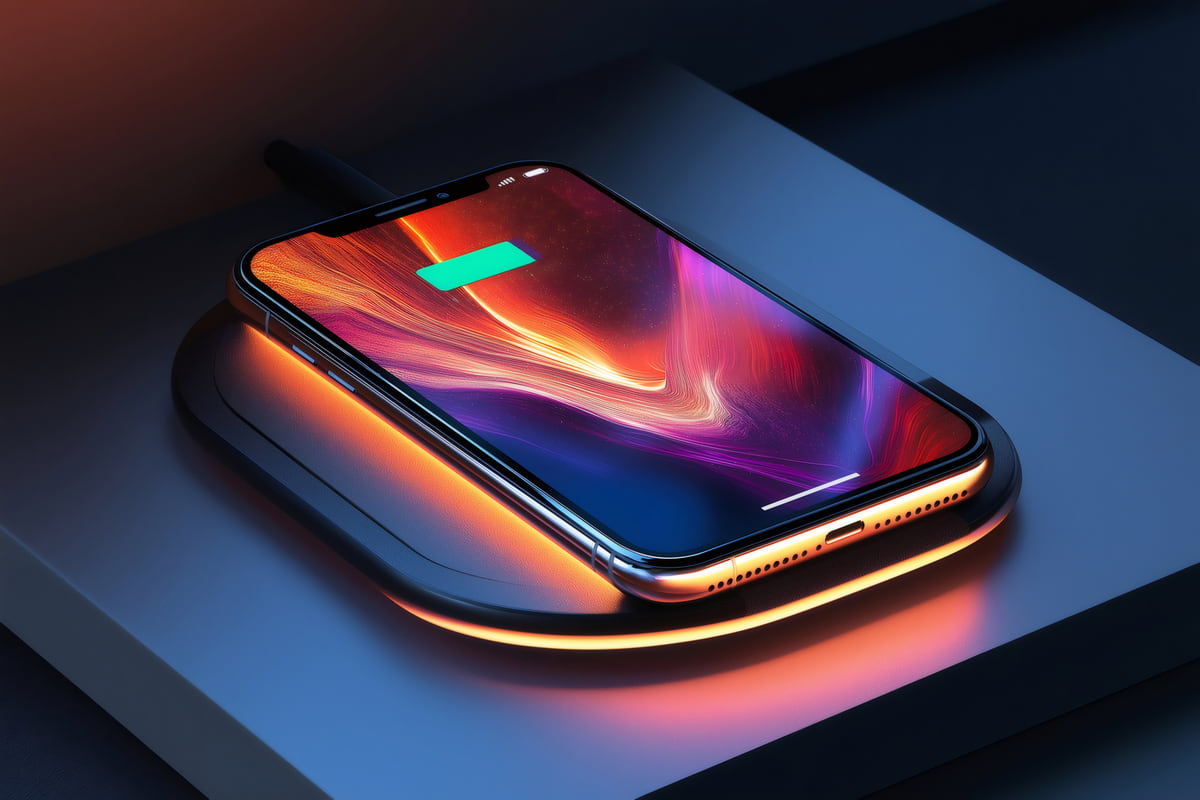
All About Qi
All About Qi
Learn how to implement wireless charging solutions in conference tables for modern business environments. Discover installation strategies, best practices, and optimization techniques for creating efficient, tech-enabled meeting spaces.
- 14 March, 2025
- 2 min read
Discover how to integrate wireless charging into your kitchen countertops for a modern, tech-enabled home. Learn about material compatibility, installation considerations, and best practices for creating the perfect charging solution in your kitchen.
- 12 March, 2025
- 2 min read
Explore the safety and compatibility of using laptop USB-C chargers with phones. Learn about power delivery standards, discover important safety considerations, and find out how to charge your phone safely with laptop chargers.
- 11 March, 2025
- 1 min read
Discover comprehensive guidelines for implementing wireless charging in commercial office environments. Learn about installation requirements, best practices, and strategies for successful deployment across multiple workstations.
- 10 March, 2025
- 2 min read
Explore the compatibility between iPhone camera accessories and Android phones. Learn about different types of accessories, their cross-platform potential, and how to choose the right camera add-ons for your Android device.
- 10 March, 2025
- 1 min read
Learn everything you need to know about installing wireless charging in composite surfaces. Discover material compatibility, installation techniques, and best practices for achieving optimal charging performance in modern spaces.
- 08 March, 2025
- 2 min read
Explore how universal wireless charging pads perform at different speeds and learn about factors affecting charging rates. Discover compatibility considerations and find out how to achieve optimal charging speeds with various devices.
- 08 March, 2025
- 1 min read
Explore the world of Apple Pencil alternatives and learn which stylus options work best with different iPad models. Discover features, compatibility considerations, and how to choose the right stylus for your specific needs.
- 07 March, 2025
- 1 min read
Compare the installation process and performance of wireless charging in marble versus quartz surfaces. Learn about material differences, installation requirements, and which surface might be best for your charging needs.
- 06 March, 2025
- 2 min read
Explore the compatibility between Android fast chargers and iPhones, understand different charging standards, and learn about safety considerations. Discover how to effectively use cross-platform charging while maintaining device safety and optimal performance.
- 06 March, 2025
- 1 min read
Explore Samsung wireless charger compatibility with iPhones and learn about cross-platform charging solutions. Discover which models work together, understand charging speeds, and find the best options for mixed-device environments.
- 05 March, 2025
- 1 min read
Master the art of integrating wireless charging into wooden desks with our comprehensive guide. Learn about wood compatibility, installation techniques, and best practices for optimal charging performance in any setting.
- 04 March, 2025
- 2 min read
















